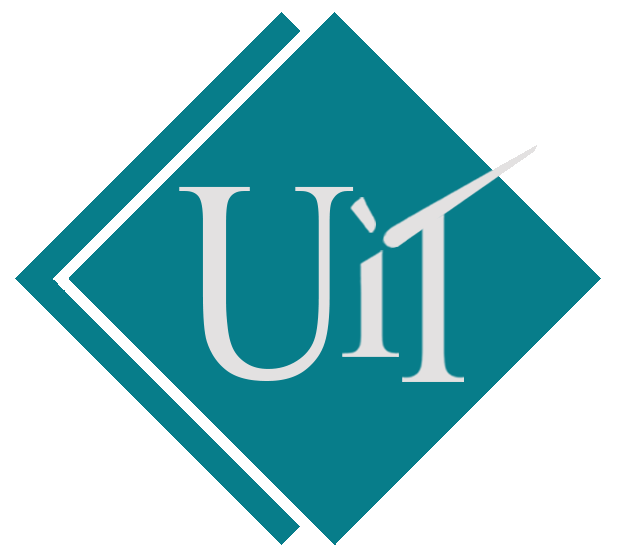From discrete components, to linear integrated circuits, to programmable analog devices, the course takes the systems approach that aims at identifying the circuits and components within a system, and enables students to see how the circuit relates to system functions. The aims of the course are to help in IC design and VLSI design; to support electronic industry; how electrical and electronic circuits are analyzed; and how the diodes, bipolar junction transistor, field-effect transistors and amplifiers operate. The students are expected to understand a complex system by its analogy to an electrical circuit; and to have the ability to solve problems from an engineering perspective.
- It provides a solid foundation in basic principles and then moves into practical applications of those principles. The course provides up-to-date, complete coverage of basic circuits and concepts and then coverage of analog integrated circuits.
- The Device Application at the end of most chapters shows how a specific device or circuit is used and takes students through the steps of design specification, simulation, prototyping, circuit board implementation, and testing. It allows students to see how theory can be applied to a real-world situation.
